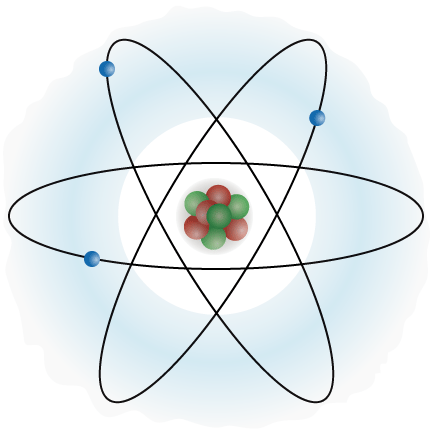Quantum Computers: Ions Travel at 100 MPH in Ion Traps
Scientists at the National Institute of Standards and Technology (NIST) demonstrated a way to rapidly accelerate ions over a short distance and bring them to a sudden stop. The researchers believe the discovery can be useful in future quantum computers.
The plain velocity of particles can be a rather fascinating topic to explore. Take, for example, CERN's LHC, which can accelerate protons to a speed that is just 200 MPH below the speed of light, or 670,616,429 MPH. At that speed, the particles will cover the 16.5 mile distance of the LHC ring 11,245 times every second.
NIST's beryllium ions are not that fast. However, researchers were able to accelerate them to 100 mph and bring them to a dead stop again within 8 microseconds. The traveled distance during that time frame is 370 micrometers, or not quite 0.015 inches. On a miniature scale, this is quite an impressive achievement.
The background of the announcement was the demonstration of an ion trap. According to the scientists, an analogy for the test environment would be
"a marble resting at the bottom of a bowl, and the bowl suddenly accelerating (see animation). During the transport, the marble will oscillate back and forth relative to the center of the bowl. If the bowl is suddenly stopped at the right time, the marble will come to rest together with the bowl."
There may be some interesting implications for future quantum computers in NIST's quantum trap, which saw ions move 100 times faster than in previously demonstrated systems. The researchers believe that such computer systems can use ion qubits to quickly move information in a quantum computer. "In the past, moving ions took much longer than the duration of logic operations on the ions," NIST said. "Now these timescales are nearly equivalent. This reduces processing overhead, making it possible to move ions and prepare them for reuse much faster than before."
According to a paper published in Physical Review Letters, custom-designed electronics can control the ions via applied voltage levels and duration that are used for each ion trap. In the future, the researchers believe that they can accelerate ions even further and still be able to return them to an original quantum state when they are halted.
Get Tom's Hardware's best news and in-depth reviews, straight to your inbox.

Douglas Perry was a freelance writer for Tom's Hardware covering semiconductors, storage technology, quantum computing, and processor power delivery. He has authored several books and is currently an editor for The Oregonian/OregonLive.
-
dogman_1234 I hypothesize that as humans, we can use this technology to simulate neurons of the brain. Implementations could be:Reply
Non-transistorized computation
Artificial Intelligence
Brain Regeneration
Brain remapping for Alzheimer/Parkinson's and/or Brian disorders and trauma
Supercell regeneration
Dynamic electric mapping
Quantum Electrical Engineering
The list could go on... -
sherlockwing dogman_1234I hypothesize that as humans, we can use this technology to simulate neurons of the brain. Implementations could be:Non-transistorized computationArtificial IntelligenceBrain RegenerationBrain remapping for Alzheimer/Parkinson's and/or Brian disorders and traumaSupercell regenerationDynamic electric mappingQuantum Electrical EngineeringThe list could go on...Reply
It ends with 1 word:
SkyNet -
yobobjm Am I the only one who wants to see a picture of one of these things. I have heard so much about them, but there seems to be so few pictures, and I have no idea if any of those pictures are legitimate.Reply -
ashinms Why is an AMD chip in a link under a story about quantum computers? Shouldn't it be more along the lines of cavemen with twigs counting rocks?Reply -
master_chen Maybe I'm mistaken, but I think that I've already read an article like this on Tom's, waaaay back in march-april?Reply -
ashinms master_chenMaybe I'm mistaken, but I think that I've already read an article like this on Tom's, waaaay back in march-april?I think the article you are referring to is actually about quantum entanglement, which is, in my opinion way cooler than this.Reply
